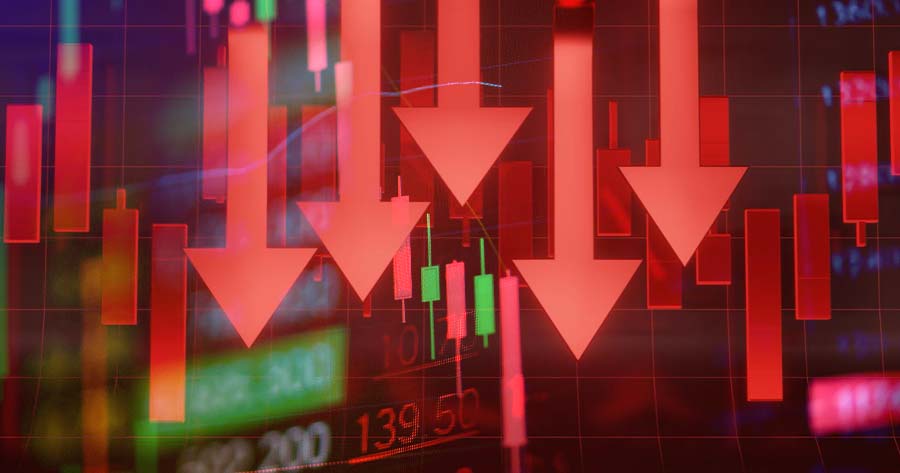
Asia Stocks Slip as Trump Threatens to Hike Tariffs if the Trade Deal Fails!
Asia stocks edged lower as Trump threatened to raise tariffs on Chinese goods if the two parties cannot find common ground on the trade deal.
Asia stocks edged lower on November 20, 2019, as the U.S. President Donald Trump threatened to raise tariffs on Chinese goods if the two parties cannot find common ground on the trade deal.
As of 9:25 local time in Thailand, Nikkei slipped 0.85%, SSEC dipped 0.17%, HSI plunged 0.83%, ASX 200 fell 1.32% and Kospi edged 0.95% lower.
On November 19, 2019, SET closed at 1,607.25 points, plunged 0.75 points or 0.05% with a trading value of 48.5 billion baht.
All week, markets have been watching the movement on the trade deal closely, hoping to see a promising sign from either the U.S. or China. They got one last week after Chinese Ministry spokesman said the U.S. would rollback the tariffs on Chinese goods, which led to a surge overnight. However, all hopes crumbled down the following day after Trump said that he did not agree on the rollback.
Earlier this week, the U.S. had granted a 90-day extension for the U.S. companies to deal with businesses with Huawei, reflecting the possibility of a longer trade deal between the two economic powerhouses.
Late yesterday, the U.S. Senate unanimously passed the bill to support Hong Kong protestors, aimed to protect human rights in the country.
The U.S. Senate, in a unanimous vote, passed legislation on Tuesday aimed at protecting human rights in Hong Kong amid a crackdown on a pro-democracy protest movement that has gripped the Chinese-ruled financial center for months.
The Senate passed a second bill, also unanimously, that would ban the export of certain supply such as crowd-control munitions, tear gas, rubber bullets etc. to Hong Kong police forces.
The bill will be sent to the House of Representative which also had their own and quite similar legislation on this matter as well. After the bill had been approved by the House, it will be passed to the U.S. President to sign.


